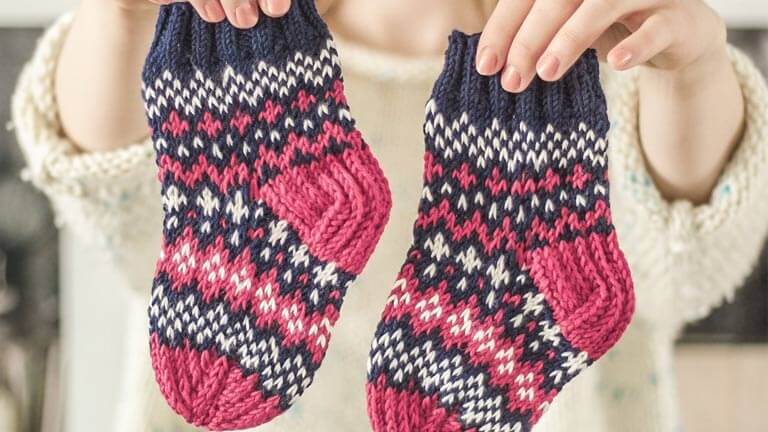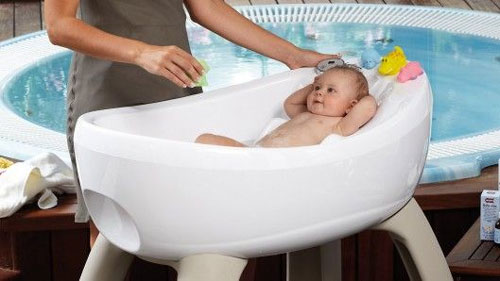
Welcoming a newborn into the world is a joyous occasion, and as parents, we want nothing but the best for our little ones. When it comes to dressing your precious bundle of joy, one essential item to consider is baby socks. However, not all socks are created equal, and choosing safe and non-irritating materials is crucial for your baby’s delicate skin. In this guide, we’ll explore the factors to consider when selecting newborn socks to keep your little one cozy and comfortable.
How To Choose The Right Baby Socks Material
Choosing the right socks for your baby is important for their comfort and safety. Here are some tips on how to choose safe and non-irritating material baby socks:
1. Opt for Organic Cotton
One of the safest and most comfortable materials for newborn socks is organic cotton. Organic cotton is free from harmful chemicals and pesticides, making it a gentle choice for your baby’s sensitive skin. It is also breathable, helping to regulate your baby’s temperature and prevent overheating.
2. Consider Bamboo Fiber
Bamboo fiber is another excellent option for newborn socks. This natural material is hypoallergenic and known for its softness. Bamboo socks are breathable, moisture-wicking, and offer natural antibacterial properties, keeping your baby’s feet dry and comfortable throughout the day.
3. Avoid Synthetic Materials
Steer clear of socks made from synthetic materials like acrylic, polyester, or nylon, as they can cause irritation and discomfort for your baby. These materials may not allow proper air circulation, leading to sweaty and overheated feet.
4. Look for Seamless Designs
Newborn skin is delicate, and seams can irritate. Choose socks with seamless designs to minimize friction and reduce the risk of chafing. Seamless socks are gentle on your baby’s sensitive skin, providing a cozy and irritation-free experience.
5. Check for Non-Skid Soles
As your baby begins to explore the world, non-skid soles become essential for safety. Look for socks with non-skid or anti-slip soles to prevent slipping and sliding on smooth surfaces, promoting a stable and secure environment for your little one.
6. Size Matters
Selecting the right size is crucial for your baby’s comfort. Avoid socks that are too tight, as they can restrict circulation, or too loose socks, as they may fall off easily. Choose socks with a snug but not constricting fit to keep your baby’s feet warm and cozy. Choose socks that have a good fit and stay on your baby’s feet.
7. Non-slipping
Opt for socks that have a non-slip grip on the bottom, especially if your baby is learning to walk or crawl. This can prevent your baby from slipping or falling on slippery and smooth surfaces.
8. Check Season
Pick socks that are appropriate baby socks for the season and the room temperature. In winter, socks can keep your baby warm, thick, and cozy, but in summer, the same socks can make your baby uncomfortable, and sweaty.
Choosing the right material for newborn socks is a thoughtful way to ensure your baby’s comfort and well-being. Opt for organic cotton or bamboo fiber, avoid synthetic materials, and look for seamless designs to minimize irritation. Additionally, non-skid soles and the right size play key roles in providing a safe and cozy experience for your little one. By investing in socks made from safe and non-irritating materials, you’re not only keeping your baby comfortable but also contributing to their overall health and happiness.




